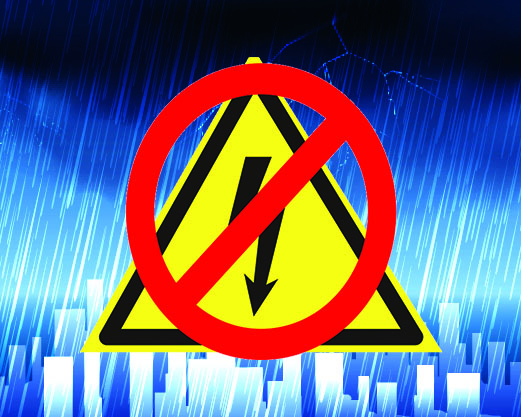A Power Outage? BA Has a Lot of Explaining to Do
 The massive flight cancellations and delays at British Airways, and resulting haircut on the stock price of its parent company, highlight people’s intolerance for digital disruption these days. The airline has cited a power surge following an outage as the culprit, saying the event took out a large data center. The big question is why disruption of one data center – even a major one – could have such widespread ramifications for a global company like BA.
The massive flight cancellations and delays at British Airways, and resulting haircut on the stock price of its parent company, highlight people’s intolerance for digital disruption these days. The airline has cited a power surge following an outage as the culprit, saying the event took out a large data center. The big question is why disruption of one data center – even a major one – could have such widespread ramifications for a global company like BA.
Few companies can withstand an outage of more than a few minutes without significant financial impact these days. For some organizations, even a few minutes of downtime would prove incredibly costly (think of the $66K Amazon is reported to lose per minute of being offline). Given this significant financial pain, organizations have invested heavily in backup and disaster recovery (DR) systems. As a global airline, BA most certainly had such systems in place – indeed, the company has commented that its DR systems did not intervene as expected.
Admitting your DR didn’t work raises eyebrows, of course. BA should have had data center systems in place that would enable it to withstand even a massive disruption in electrical service. Other locations should have kicked in to take over operations.
But the even bigger question is why a company like BA would still be relying on DR at all. How could it be OK for BA to have a “disaster” in one location, then have systems elsewhere turn on to help “recover” from the disaster.
DR just doesn’t cut it anymore. Your customers, partners, and internal users all need seamless access to your apps and data – without that, your business can’t run. So what’s better than DR? Continuous availability. With that architecture, no matter what failures happen at a device, data center, or cloud region level, the same operations are already running in other locations and they simply take on more of the load.
How does IT deliver continuous availability? By running active/active architectures with applications, servers, databases, and network capacity operating in multiple locations at once. This approach, with traffic running across a broader geographical domain – and often spanning on-premise and cloud-based resources – provides far greater resiliency at the application layer. This philosophy says “failures will happen – you just shouldn’t have your whole system go down as a result.”
Organizations are relying on scaled out server architectures, modern databases, database load balancing software, and cloud services to enable active/active architectures that ensure business continuity. The toughest technology layer to support active/active operations is at the application tier, because apps are fed by data and are typically written to directly talk to the data tier. Leveraging database load balancing software in addition, like ScaleArc’s, provides the buffer between apps and the data tier to support active/active operations without changing the application code. ScaleArc is how Dell, Nasdaq, and Microsoft deliver zero downtime environments for their most critical apps.
The move from DR to continuous availability is paramount, and BA’s pain is simply example of a company paying the price for not getting to that business model already.
comments powered by Disqus
